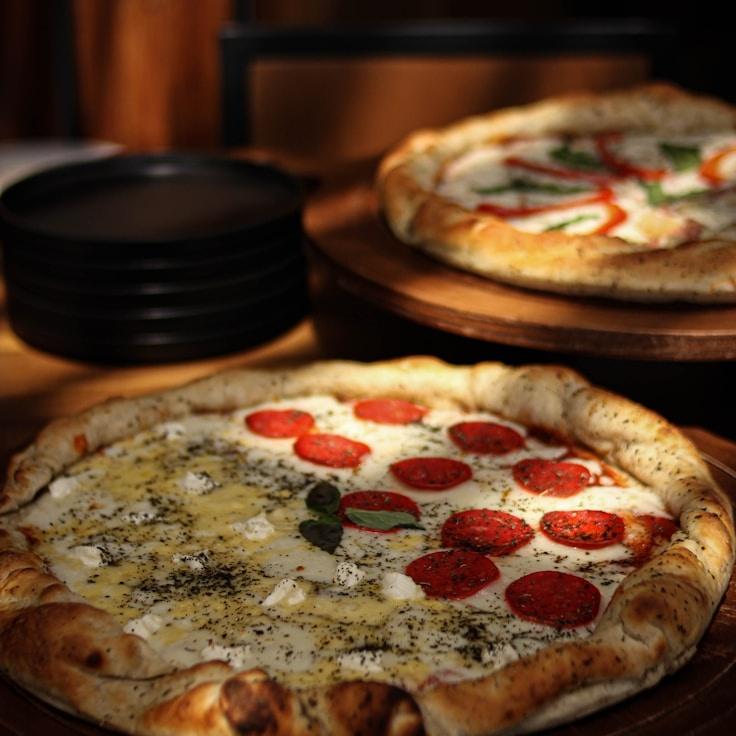At Crust & Gusto Pizzeria, our ethos is that the cornerstone of irresistible pizza is in the dough itself. We’ve been refining our dough recipe for over thirty years and it’s time to unveil some tips to help you replicate that pizzeria taste in your own kitchen. While our exact recipe remains a closely-guarded secret, these guiding principles will assist you in crafting artisanal pizza dough in the comfort of your home.
Quality of Flour Is Key
Exceptional pizza dough begins with premium flour. We suggest using 00 flour, which is a smooth Italian flour possessing a moderate protein level (typically around 12%). It strikes an ideal balance between elasticity and softness. In the event you're unable to source 00 flour, opting for bread flour can serve as a viable alternative, though it may alter the final texture slightly.
Understanding Water Temperature and Dough Hydration
The warmth of your water is instrumental in determining the length of fermentation and the consistency of your dough. For a prolonged fermentation time that enriches the flavor, use chilled water at roughly 45°F (7°C). Conversely, warmer water at about 85°F (29°C) will expedite the fermentation process. Generally, the dough hydration level, which is the proportion of water to flour, should remain within the 60-70% range for optimal results in domestic ovens.
Less Yeast, More Time
An essential element to creating a dough with depth and taste is to minimize the yeast usage and extend the fermentation duration. We use merely 0.2% of fresh yeast in comparison to the weight of the flour, allowing up to 48 hours for fermentation. This slow method cultivates a multitude of complex flavors and also produces a dough that's typically easier to digest.
The Role of Salt
Salt does extend its purpose beyond seasoning; it fortifies the gluten network and moderates fermentation. Our suggestion is to employ fine sea salt at a quantity of 2.5-3% in relation to the weight of the flour. Introduce it once the flour and water begin to intermix to evade any direct contact with the yeast which might hamper its activity.
Mastering Fermentation
Subsequent to mixing, the dough should be allowed to undergo a bulk fermentation phase at room temperature for about two hours before being sectioned into balls. These portions should then be placed in sealed containers and chilled for anywhere from 24 to 72 hours. It is this stage of cold fermentation that transforms your dough, as enzymes convert starches into sugars, which embellishes both the flavor and color of our famously browned crusts.
Handling with Finesse
Prior to embarking on your pizza creation, the dough should be acclimatized at room temperature for 1 to 2 hours. It’s imperative to delicately handle the dough to maintain the air bubbles that have formed. It’s best to gently press and stretch out the dough with your fingers rather than using a rolling pin, which could deflate these important gas pockets.
Heat is Essential
While our ovens in the restaurant reach a sweltering 850°F (454°C), standard home ovens usually only reach about 550°F (288°C). To achieve a comparable effect, employ preheated pizza stones or steels for a minimum interval of one hour, offering the necessary intense heat to seize that crisp crust and soft, airy interior.
The craft of perfecting pizza dough is a learning curve, each attempt can teach you more about the technique. We advocate for keeping a record of your efforts, adjusting aspects as needed, and discovering what yields the best results in your particular cooking space.
For an insider perspective on our dough preparation methods, consider attending our monthly pizza workshops where Chef Luca delves into these procedures in depth. Our events schedule will have the upcoming dates!

